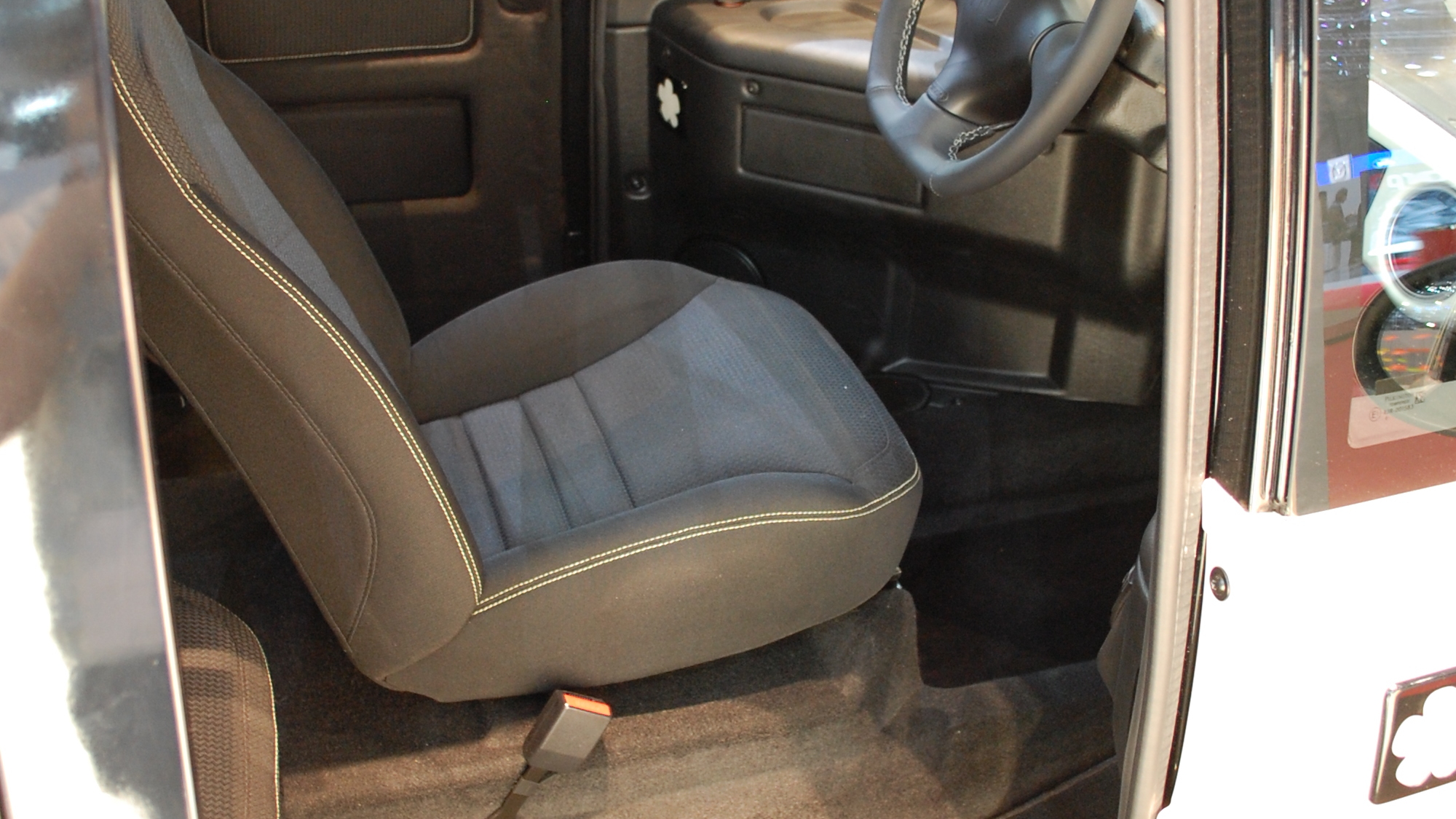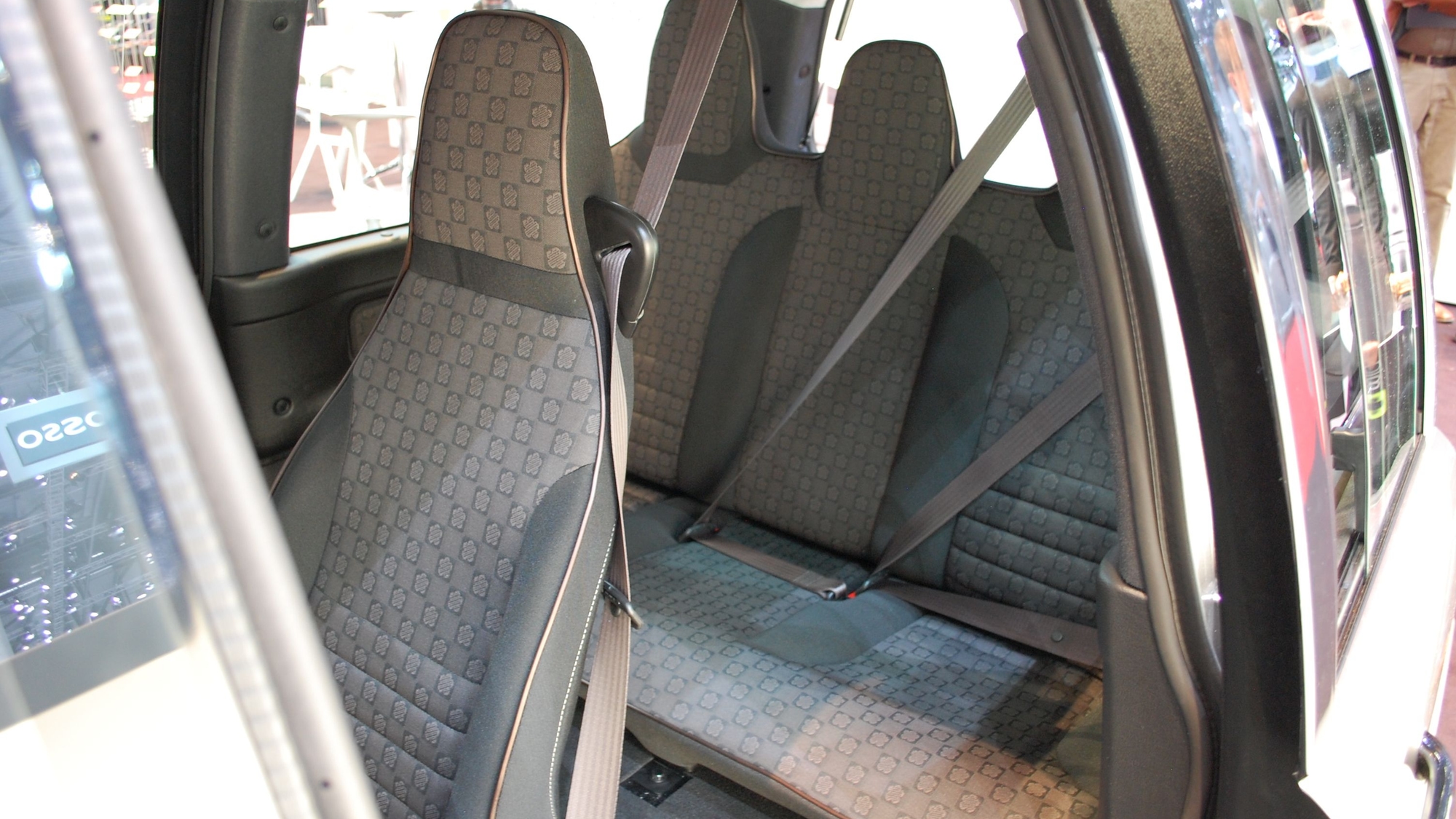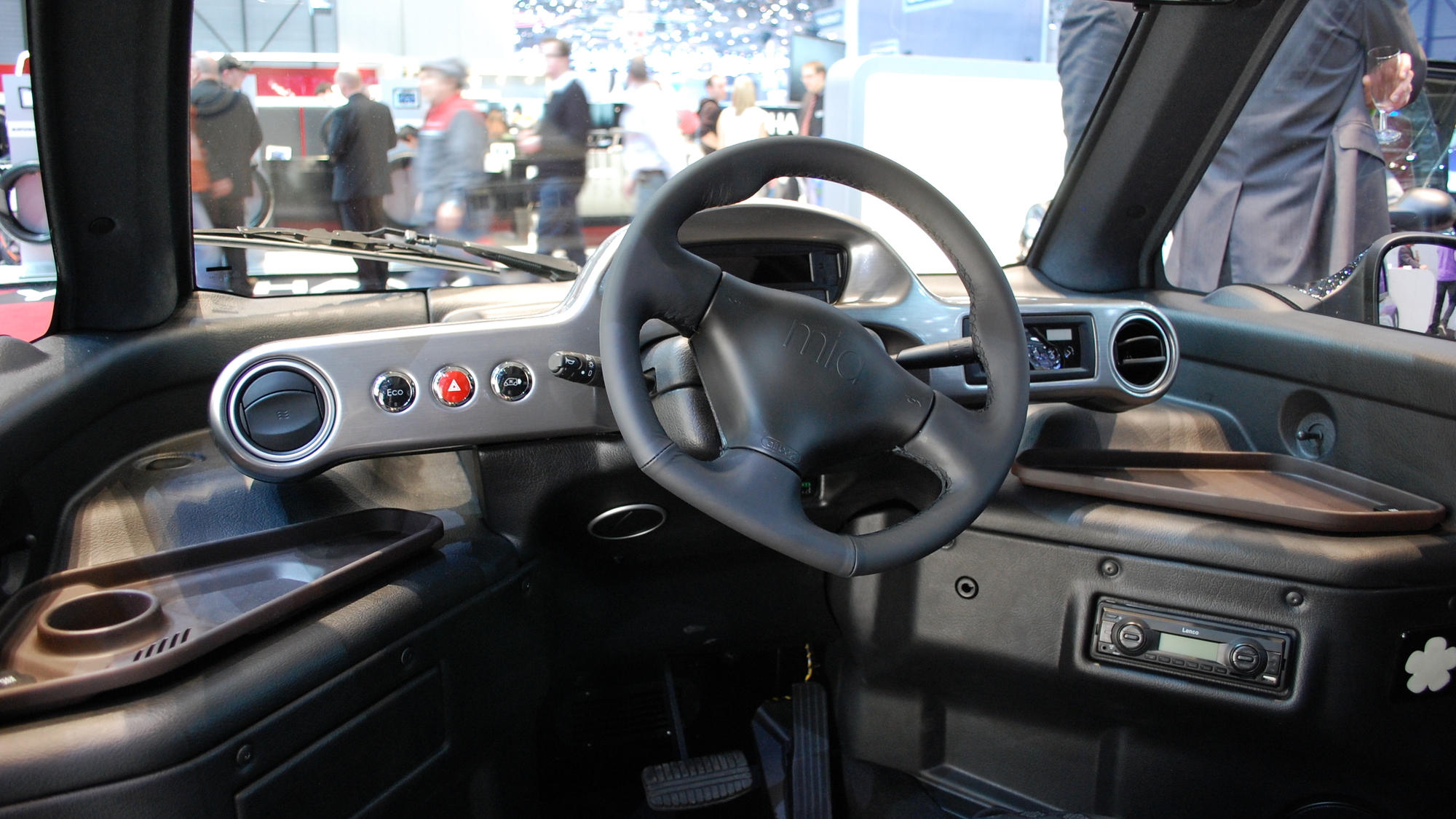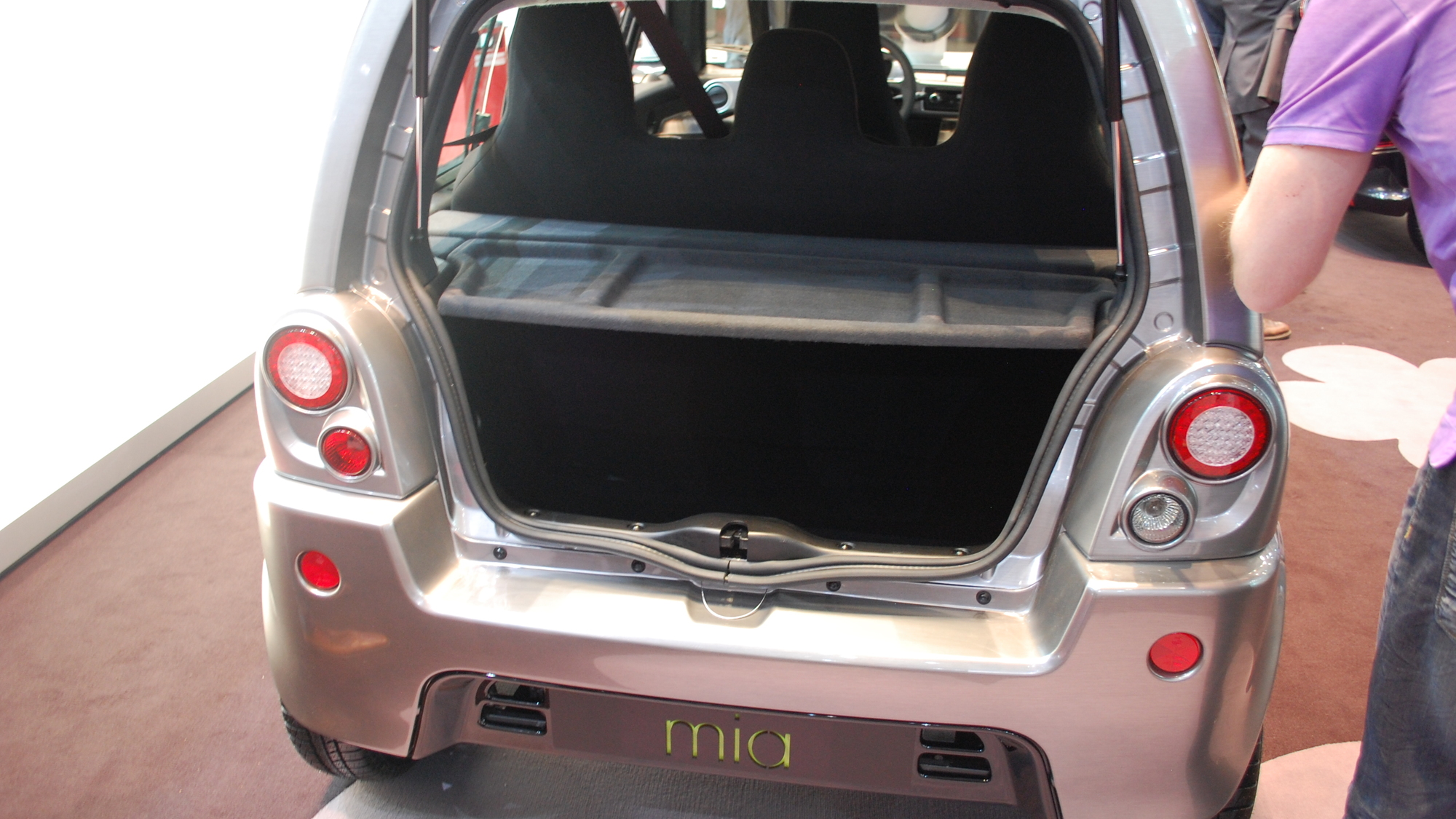Sometimes a clever inventor or a team of engineers changes the way we think about an appliance or a concept we’ve lived with for years -- producing a revolutionary new design that makes us wonder how we ever lived without it.
But sometimes a supposed revolutionary new design is little more than changing something for changes’ sake, producing a product that never quite catches on.
So when electric automaker Mia invited us to test drive its tiny electric microbus ahead of the 2011 Frankfurt Auto Show -- complete with a centrally-mounted driving position -- we had to see if it was revolutionary or just plain weird.
Unique design
Placing the driver in a centrally-mounted position directly between the front wheelbase, the Mia and Mia L replace conventional outward opening doors with two sliding doors which give access to both the front seat and the two -- or three in the case of the Mia L -- rear seats.

Mia electric microbus at Frankfurt Motor Show, September 2011
Getting into the Mia, we’re reminded of the seating arrangement of various delivery trucks and small buses we’ve driven over the years, complete with what seems likes a huge windshield. Sadly, the central driving position minimizes rearward visibility, with the interior rear-view mirror providing us with little more than a view of the rear passengers.
For the rear passengers too, there’s an air of bus about the seating arrangement, with two of the rear seats gaining a fairly unobstructed view of the road beyond the driver, complete with ample legroom.
Built for the city
Although Mia tells us the Mia, Mia L and Mia van are all capable of traveling in excess of 60 miles per hour, we’re not sure we’d want to try it. Even in the confines of the test track -- complete with a 30 miles-per-hour maximum speed -- the Mia L felt decidedly sluggish.
But Mia isn’t trying to reinvent a freeway commuting car. Its diminutive trio are designed specifically with the city in mind.
That’s perhaps best illustrated by the impressive turning circle all three cars share. During out test-drive, we were able to execute a full 180 degree turn in a space less than 28 feet wide.
Noisy motor, cabin
In trying to keep the weight of all three models down, Mia hasn’t used a great deal of sound deadening in its electric cars.
As a consequence, there’s a distinct whine from the electric motor and gearbox -- along with a reasonable amount of wind noise and clattering from the stiff suspension.
Cheaper than some, but not as well equipped
While the Mia is an interesting vehicle to drive -- and one we think would be ideal as an urban taxicab or a delivery vehicle for a local florist or similar business -- it just can’t compete on price with other electric vehicles., we're not sure it is particularly competitive on price.

Mia electric microbus at Frankfurt Motor Show, September 2011
Take the Mia L we drove. Retailing at around €24,500 ($33,700), it’s less expensive than the European specification 2011 Mitsubishi i-Miev and the European specification 2011 Nissan Leaf -- [but more expensive than the U.S. specification 2012 Mitsubishi i -- even after Mitsubishi’s unexpected price-hike.]
With one more seat, a higher interior specification, better dealer support and a longer range, the more conventional Mitsubishi i is a much more convincing buy. we think Europeans will go for the more expensive but more versatile mainstream alternatives.
In conclusion
Admittedly, Europeans have much more of a love-affair with quirky, small vehicles than the U.S. -- which is probably why this vehicle has attracted a fair amount of attention in France, Germany and the U.K.
And while we can see the Mia being popular in those cities where tiny, cobbled streets cause trouble for larger, more conventional vehicles we can't see it ever competing with more conventional cars.
In short, the Mia is such a niche vehicle that we just can’t see it catching on.
Mia has certainly questioned the status quo of vehicle design -- but the solution it offers isn't about to start a revolution in car design.
+++++++++++



















